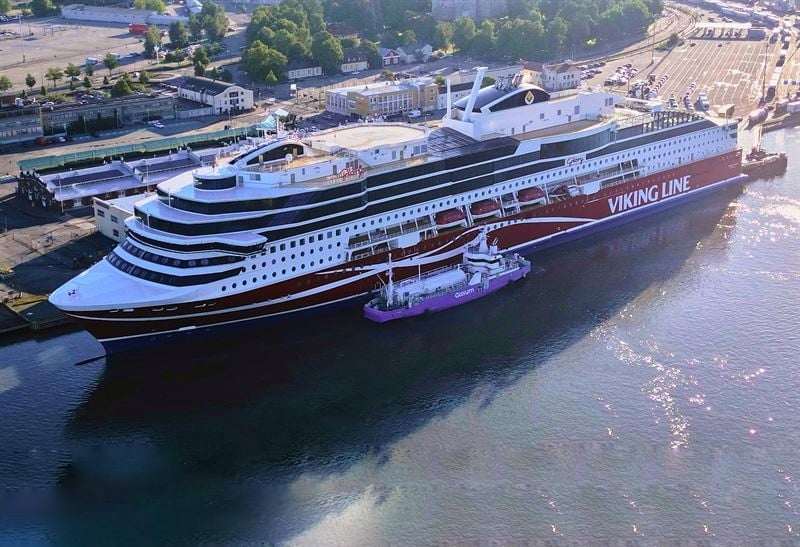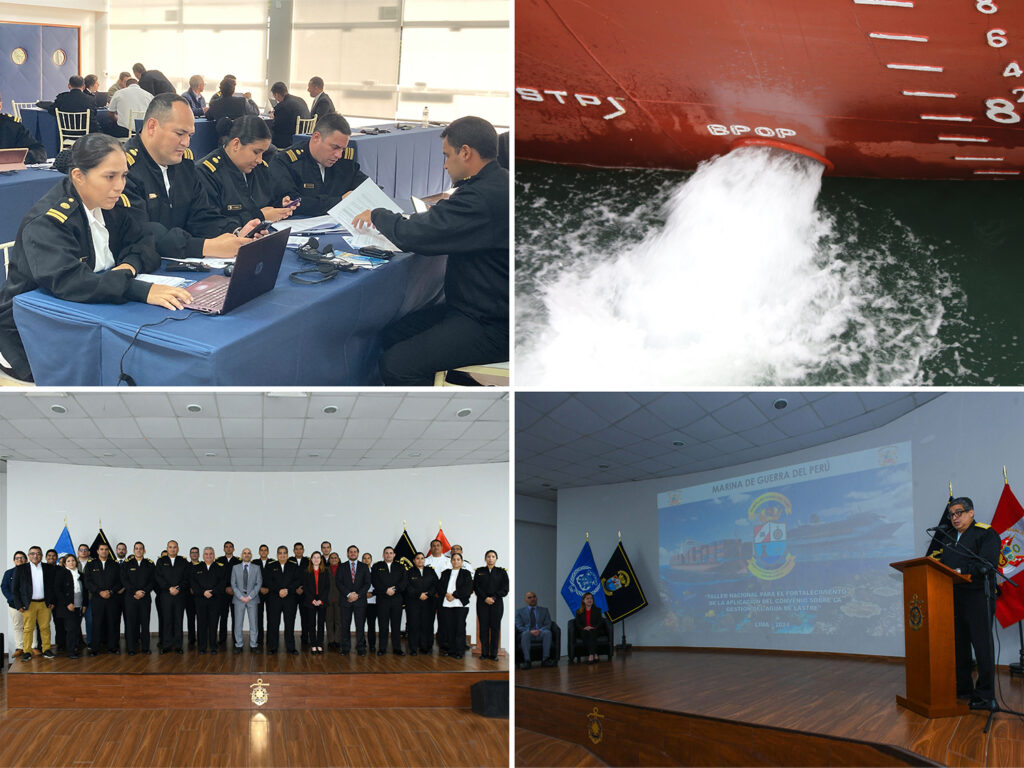Viking Line’s vessels serving the Turku route will reduce their emissions by 90 percent when the company runs those vessels for the first time a week solely on bio-gas.
During the week, which kicks off with Baltic Sea Day, Viking Glory and Viking Grace will demonstrate the future of the first green shipping corridor on the Baltic Sea.
Baltic Sea Day
Viking Line will celebrate Baltic Sea Day by introducing the first green corridor ever on the Baltic Sea, between Turku and Stockholm, for one week.
The climate-smart Viking Glory and Viking Grace will only use liquefied bio-gas (LBG) as fuel from August 29 to September 4, which will reduce the vessels’ carbon dioxide emissions by 90 percent compared to liquefied natural gas (LNG), which is normally used.
During the week, a total of about 2,600 fewer tonnes of greenhouse gas emissions will be generated than normal. The reduction corresponds to the annual average carbon dioxide footprint for 270 Finns.
A historic moment

“This is an historic moment for us, the Baltic Sea and maritime transport. Scheduled service has never before been powered solely by bio-fuel.
We have invested 450 million euros in our climate-smart vessels Viking Grace and Viking Glory, and one of their most important features is that they can run on LNG, bio-fuel and future synthetic fuels produced from renewable energy.
Such significant environmental measures are the result of our long-term work,” says Viking Line’s Sustainability Manager, Dani Lindberg.
Purchasing bio-fuel
For one year now, Viking Line has offered its passengers and its conference and cargo customers the option of purchasing bio-fuel corresponding to the amount of fuel used for their travel. This reduces emissions by 90 per cent per passenger or cargo unit.
“Both consumers and corporate customers expect responsible conduct from us, and they are prepared to take part in protecting the vulnerable nature of the Baltic Sea’s archipelagos.
The number of trips using bio-fuel increased 500 percent immediately when we highlighted the option earlier in our booking system.”
Turku route
Normally, liquefied natural gas (LNG) is used on the Turku route, and this fuel has significantly lower nitrogen oxide emissions than the heavy fuel oil traditionally used on vessels. Both LNG and LBG (liquefied biogas) generate virtually no harmful sulfur or particle emissions.
Viking Line’s biogas is supplied by Gasum, which makes the fuel from food and agricultural waste. The biogas is produced in Europe, and the origin of each gas consignment is documented.

“We have already operated Viking Grace using biogas on our Turku route, and passengers and cargo customers on Viking Glory and Viking Grace also already have the option to purchase biogas when they book their trip to offset the fuel used for their travel and thus reduce the emissions for their trip by up to 90 percent. Now, for the first time, we are operating for a whole week using only biogas, which is unique.
There is still limited access to renewable fuels, and the price for such fuels is at least twice as high compared to LNG. It is important to create demand for supply to rise and the price to fall,” says Dani Lindberg.
Develop a green sea corridor
Viking Line is involved in efforts to develop a green sea corridor between Turku and Stockholm and between Helsinki and Tallinn. These green corridors are routes where the transport of both cargo and passengers is carbon-neutral.
Emission reductions in maritime transport are regulated in part by the EU’s Fit for 55 programme for a green transition and the EU emissions trading system as well as the International Maritime Organization’s strategy for greenhouse gas emissions.
Source : Press- Release
Read more :
Viking Line work on the Baltic Sea’s first green corridor culminates
Viking Line had a total of 1.8 million passengers during the summer
Fincantieri and Viking sign contracts for two cruise ships- 2030
Viking Energy :The world’s first ammonia-powered platform supply




